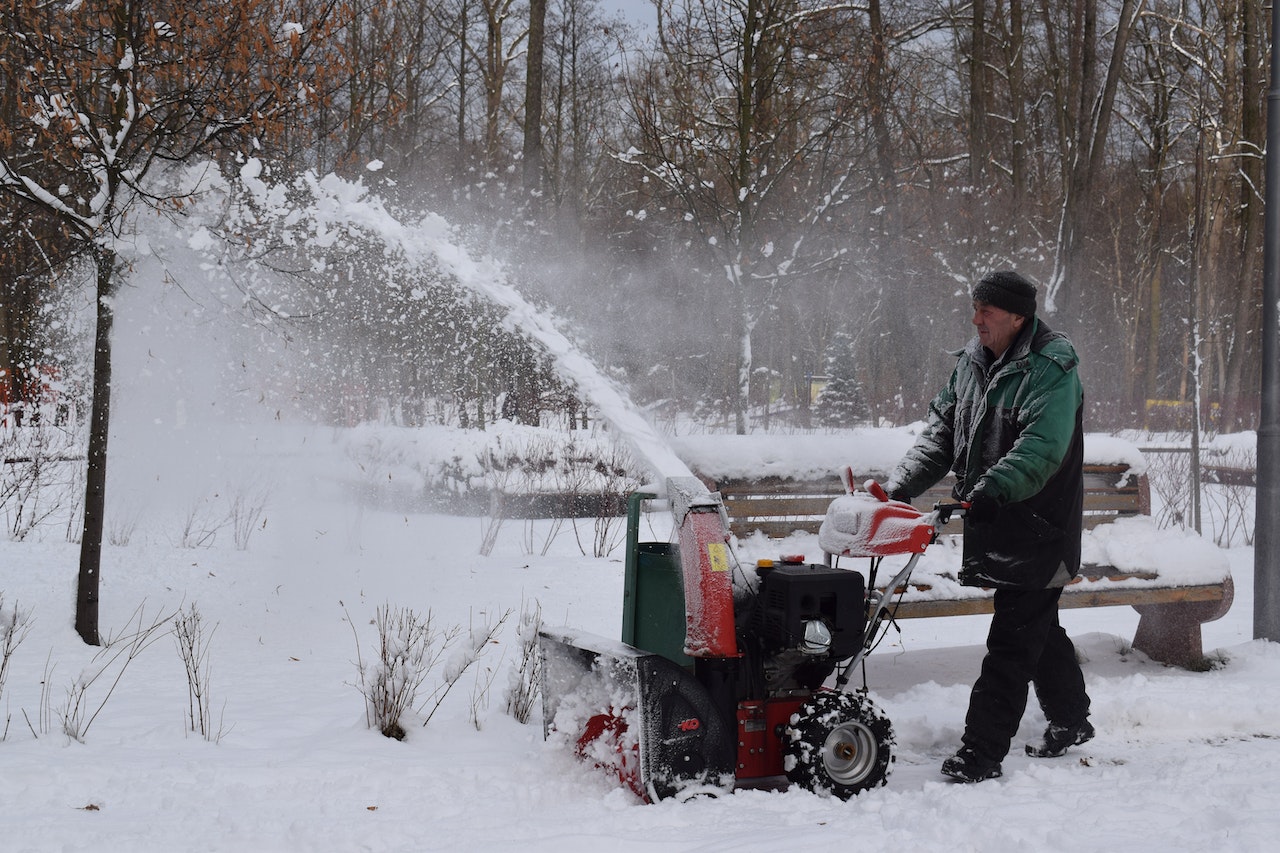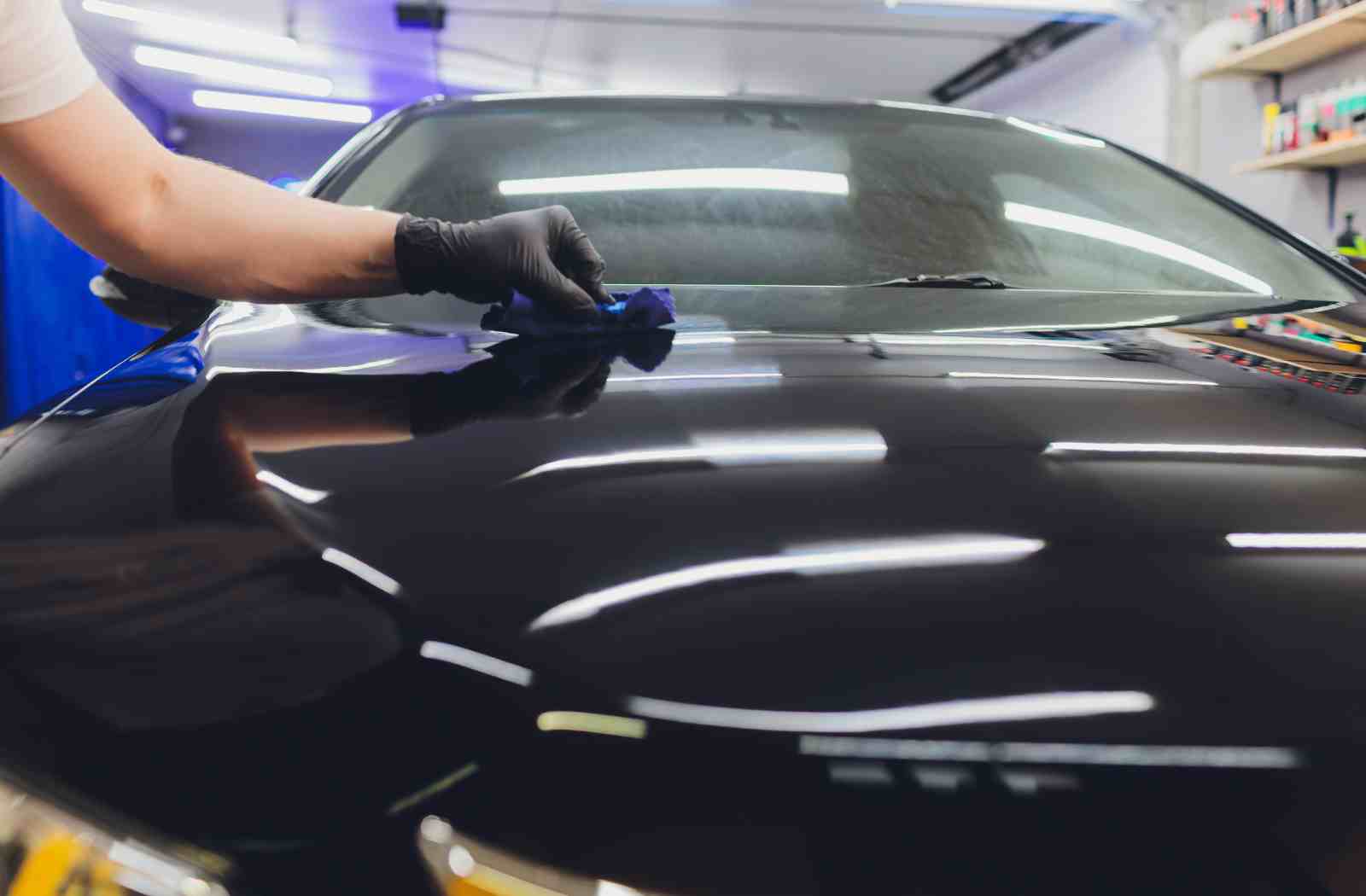Winter brings with it beautiful snowy landscapes, but it also presents challenges, especially for seniors who may find it difficult to clear snow from their driveways and walkways. However, with the right snow blower for seniors and a few helpful tips, snow blowing can become a manageable task for seniors. In this comprehensive guide, we will explore the various types of snow blowers available, provide tips for safe operation, and offer advice on maintaining and storing your snow blower.
Understanding Different Types of Snow Blowers
When it comes to clearing snow from your driveways and walkways, having the right snow blower can make a world of difference. There are several types of snow blowers available on the market, each designed to handle different snowfall amounts and surface conditions. In this section, we will explore the three main types of snow blowers: single-stage, two-stage, and three-stage models.
Single-stage snow blowers:
Single-stage snow blowers are typically smaller and lighter, making them easy to maneuver and operate. They are ideal for light to moderate snowfall and are best suited for smaller areas and paved surfaces like driveways and sidewalks. These machines use a single rotating auger to scoop up the snow and throw it out through a discharge chute. The auger makes direct contact with the ground, which means they work best on even surfaces without loose gravel or debris. Single-stage snow blowers are typically electric-powered and require less maintenance compared to gas-powered models.
Two-stage snow blowers:
Two-stage snow blowers are larger and more powerful than their single-stage counterparts. They are designed to handle heavier snowfall and larger areas. These machines feature an auger that collects the snow and an impeller that throws it out through a discharge chute. Unlike single-stage snow blowers, the auger on a two-stage model does not make direct contact with the ground. This allows for better performance on uneven surfaces and surfaces with loose gravel or debris. Two-stage snow blowers are available in both electric and gas-powered options, with gas-powered models providing more power and throwing distance.
Three-stage snow blowers:
Three-stage snow blowers are the most robust and powerful option available. They are specifically designed to handle heavy snowfall and icy conditions. These machines feature an additional component called an accelerator, which breaks down the snow and ice before sending it to the impeller for discharge. This additional stage allows for increased efficiency and performance in challenging winter conditions. Three-stage snow blowers are typically gas-powered and offer the greatest throwing distance and clearing capacity. They are well-suited for larger areas and are often used by professional snow removal services.
When choosing a snow blower, it’s essential to consider your specific needs and the typical snowfall conditions in your area. Factors such as the size of the area you need to clear, the frequency and depth of snowfall, and the type of surface you’ll be clearing should all be taken into account. Additionally, consider your physical capabilities and any mobility limitations you may have.
Choosing the Right Snow Blower
Assessing your needs: Consider the size of the area you need to clear, the average snowfall in your region, and any physical limitations you may have.
Electric vs. gas-powered snow blowers: Electric models are lightweight, easy to start, and require less maintenance. Gas-powered snow blowers offer more power and are suitable for larger areas but require fuel and regular maintenance.
Additional features: Look for features such as adjustable chute direction, heated handles, and headlights, which can enhance comfort and convenience during operation.
Tips for Safe Snow Blower Operation
Read the manual: Familiarize yourself with the snow blower’s features, controls, and safety instructions before starting.
Dress appropriately: Wear warm clothing, non-slip boots, and safety goggles to protect yourself from the cold and potential debris.
Clear the area: Remove any obstacles such as rocks, branches, or other debris that could damage the snow blower or cause accidents.
Take breaks: Snow blowing can be physically demanding, so take regular breaks to avoid overexertion and fatigue.
Be cautious around moving parts: Keep your hands, feet, and clothing clear of the auger and impeller to prevent injury.
Use proper technique: Engage the snow blower at a comfortable pace, directing the snow away from yourself and others.
Watch for hidden obstacles: Be aware of hidden objects buried beneath the snow, such as uneven surfaces or curbs, to prevent accidents.
Maintaining and Storing Your Snow Blower
Regular maintenance: Follow the manufacturer’s guidelines for cleaning and maintenance to keep your snow blower in optimal condition.
Changing oil and spark plugs: Check and change the oil and spark plugs as recommended to ensure smooth operation.
Proper storage: Clean the snow blower thoroughly before storing it in a dry and secure place. Consider using a fuel stabilizer if you have a gas-powered model.
Conclusion
Snow blowing doesn’t have to be a daunting task for seniors. With the right snow blower and adherence to safety guidelines, clearing snow can be made simple and manageable. Remember to choose the right type of snow blower for your needs, prioritize safety during operation, and maintain your machine regularly to ensure its longevity. By following the tips and information provided in this guide, seniors can confidently take on winter and enjoy clear pathways even during the heaviest snowfalls. Stay safe and embrace the beauty of winter with ease!




